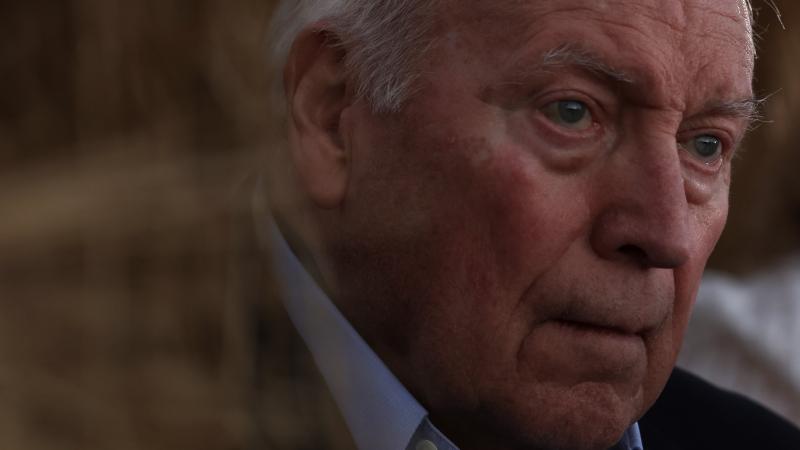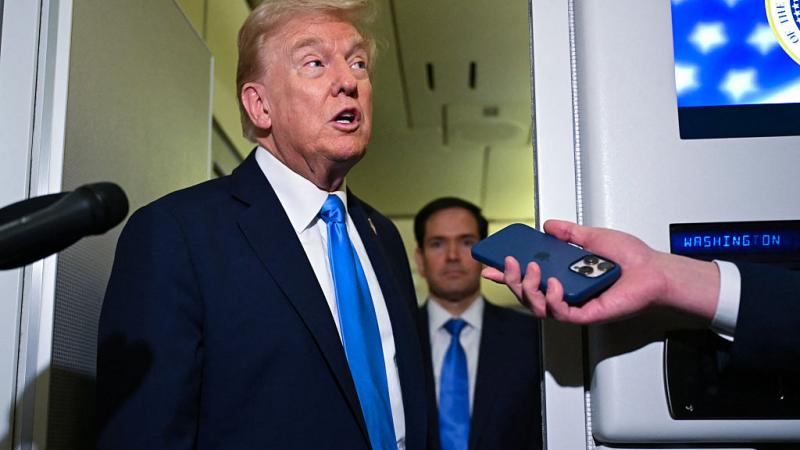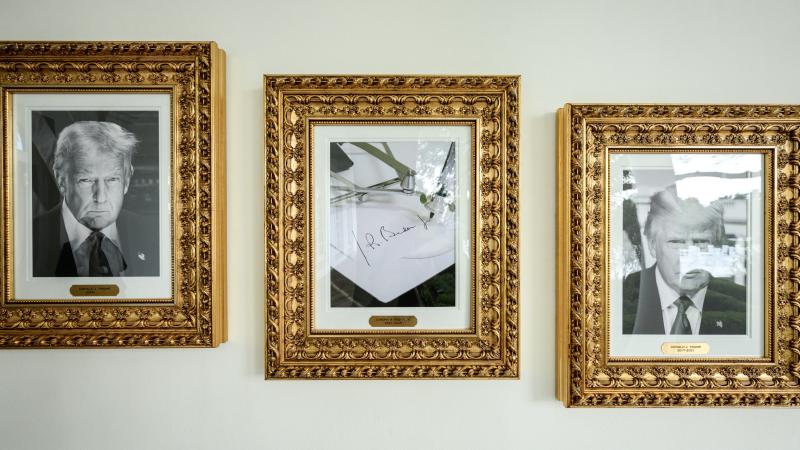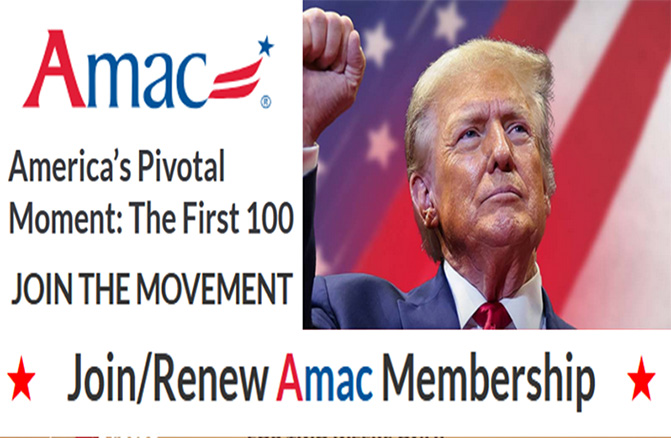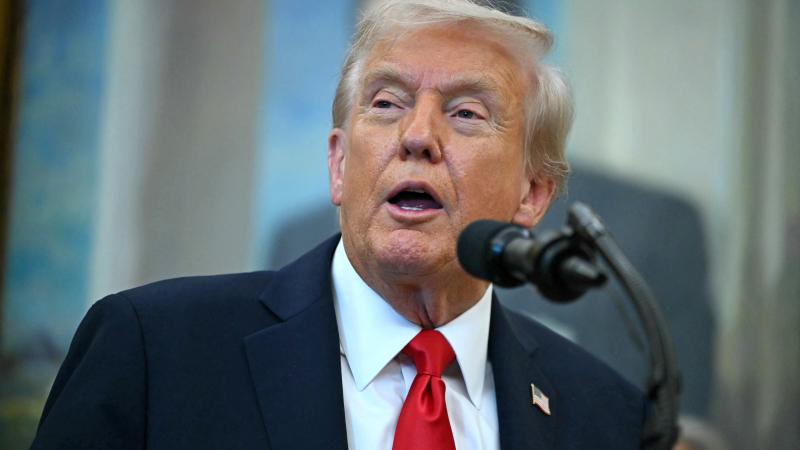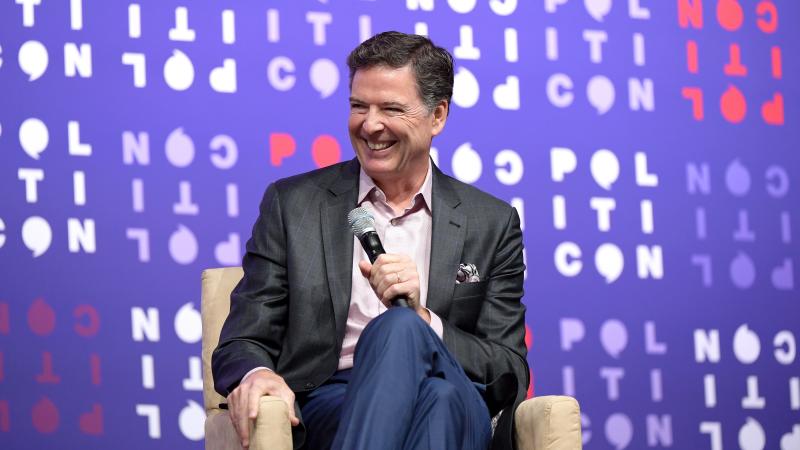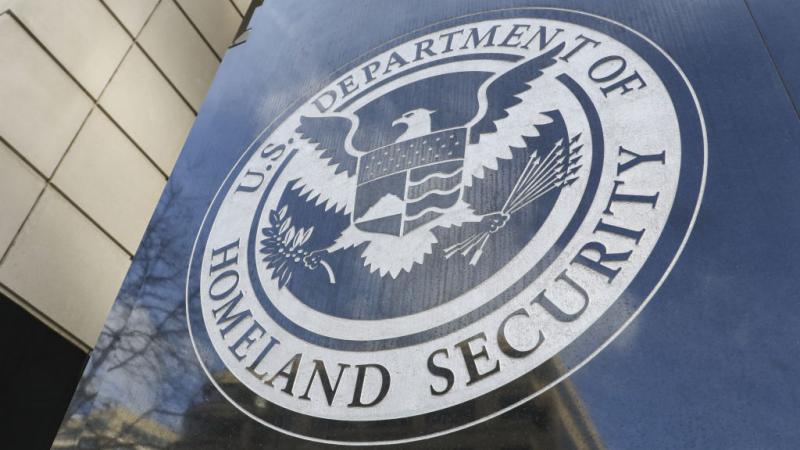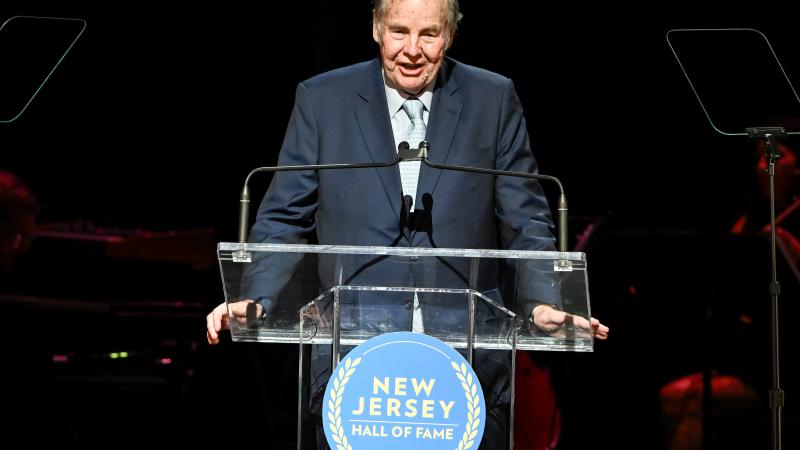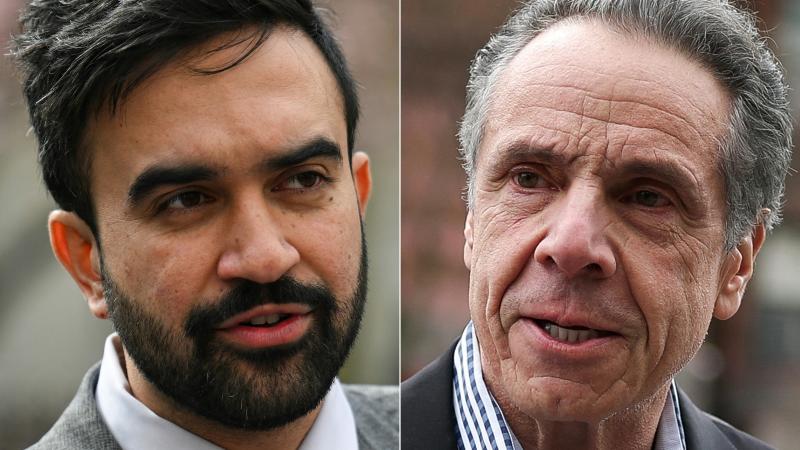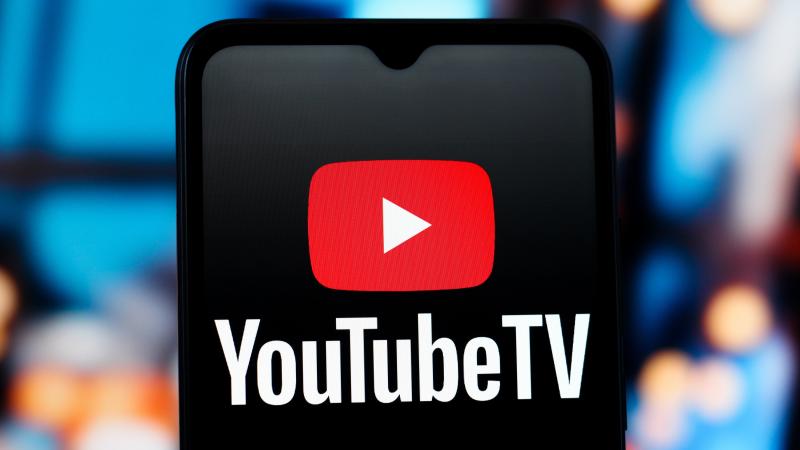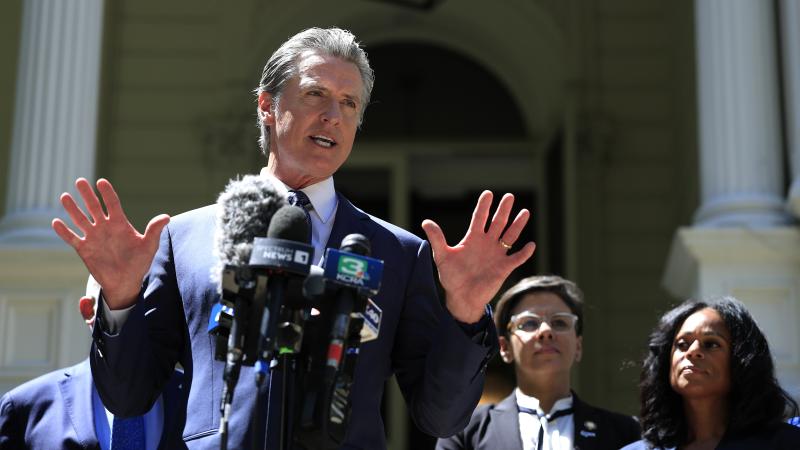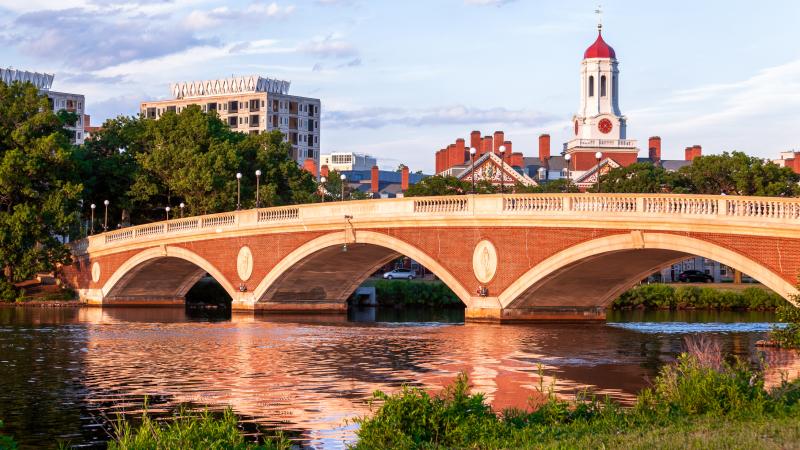Trump may be reassembling the way college athletes do -- or don't -- get paid
What's in a name? A lot of money is at stake, especially in collegiate athletics. Trump's executive order may change that, or at least, bring some integrity to the process.
President Donald Trump, through his executive order last month, seeks to purify a dirty system that originally sought to compensate collegiate athletes. The changes may change the landscape of what student-athletes and agent-recruiters can make in revenue.
The road to hell is paved with good intentions, but those who sought to reward athletic talent with Name, Image, and Likeness (NIL) compensation quickly realized that the system had been corrupted practically since its inception. Trump's order, if followed by legislation, could see major changes to the well-meaning but poorly overseen system.
The NIL policy, launched in 2021, was quickly undermined as boosters and collectives took advantage of lax oversight, turning NIL agreements into covert tools for recruiting and pay-for-play arrangements, breaching ambiguous-from-the-start NCAA regulations.
Pay-for-play schemes
ESPN reported in February that the NCAA generated almost $1.3 billion in revenue for the 2022-23 fiscal year. According to the NCAA, more than half of that was distributed back to Division I member universities. How many hands that money goes through before it reaches students is anybody's guess.
The bulk of the NCAA's revenue came from media rights and marketing deals tied to championship events.
Trump's order, called "Saving College Sports", prohibits corrupt, third-party pay-for-play schemes while allowing fair-market compensation, such as endorsement deals, to protect student-athletes and preserve opportunities in both women’s and non-revenue sports.
The order mandates federal agencies to create enforcement strategies within 30 days and ensures revenue-sharing models prioritize the sustainability of non-revenue sports, reinforcing the educational and developmental value of collegiate athletics.
Fans will probably see fewer secretive booster payments luring athletes to teams, more authentic endorsement deals featuring players in commercials, and smaller sports programs gaining support to stay in the game, creating a fairer, more game-focused college football experience.
For smaller schools, the order could be a game-changer. Smaller schools with smaller endowments could stay competitive in football and other sports, rather than be overshadowed by big-money programs, as the emphasis shifts from cash-driven recruiting to genuine student-athlete development.
Athletes got nothing before the NIL
Prior to the implementation of the NIL era, collegiate athletes in the U.S. were barred from profiting off their personal fame, endorsements, or public persona. The NCAA enforced rigid amateurism policies that upheld the "student-athlete" ideal, prioritizing academic pursuits over financial compensation. Athletes received scholarships covering tuition, housing, and meals, but any direct earnings from activities like sponsorships, autograph sales, or media appearances were strictly prohibited.
The NCAA argued that amateurism preserved the purity of college sports, distinguishing them from professional leagues. However, universities, conferences, and the NCAA itself reaped massive profits from TV contracts, ticket sales, and merchandise.
One of the most infamous and egregious cases of a university profiting off a player with no compensation to that player was highlighted in the documentary UNTOLD: Johnny Football, about college quarterback sensation Johnny Manziel. Texas A&M reaped $37 million in media exposure thanks to Manziel. A scandal ensued in which Manziel allegedly received payments for signing autographs, though no definitive evidence was found. Manziel was suspended for the first half of the 2013 season-opening game.
In another instance, by the early 2000s, the NCAA’s March Madness basketball tournament generated billions through media deals, with a single television contract with CBS exceeding $6 billion over ten years. Meanwhile, athletes received no share of this wealth, fueling debates about the fairness of a system that heavily benefited institutions while restricting players.
The inability of athletes to earn from their likeness persisted despite increasing legal and societal scrutiny in the years before NIL. Landmark lawsuits, like the one filed by former UCLA player Ed O'Bannon in 2009, challenged the NCAA’s practice of using athletes’ images in products like video games without compensating them.
The case exposed how schools and the NCAA capitalized on players’ identities while offering only scholarships, which often fell short of covering full expenses. At the same time, coaches earned multimillion-dollar salaries, and universities spent millions on state-of-the-art facilities funded by sports revenue. By the 2010s, major conferences like the Big Ten and SEC secured media contracts worth billions, yet athletes were limited to small stipends introduced around 2015 for incidental costs.
What will change and what won't
Trump's fix can be understood as functioning in two parts. The first part seeks the preservation and, where possible, expansion of women’s and non-revenue sports, such as lacrosse or fencing.
The second part directs the Secretary of Education, the Attorney General, the Secretary of Health and Human Services, and the Chairman of the Federal Trade Commission, to oversee creating a program eliminating third-party, pay-for-play payments, while permitting fair-market-value compensation to student-athletes for NIL activities. Those activities can range from team clothing sales to virtual appearances in video games.
Law firm and consultancy Husch Blackwell published a memorandum explaining that the executive order consists of a number of "shoulds," namely :
- Athletic departments with revenues greater than $125 million should provide the maximum number of roster spots and increase scholarships above the 2024-25 limits in non-revenue sports;
- Athletic departments with revenues greater than $50 million should provide the maximum number of roster spots and at least as many scholarships as permitted in 2024-25 for non-revenue sports; and
- Athletic departments with revenues of $50 million or less should not disproportionately reduce scholarships or roster sports based on revenue generated.
The "Fat Lady" hasn't sung yet
The courts have had, and will continue to have their say in the policies as well. Last month, the federal Court of Appeals for the Third Circuit held in Johnson v. National Collegiate Athletic Association that student-athletes may have the right to bring claims under the Fair Labor Standards Act as employees of the various universities who qualify for a piece of the NCAA's $1.3 billion pie. The appellate court remanded the case back to the District Court for the Eastern District of Pennsylvania.
Legal observers have noted that because of differing rulings between federal circuits, the question of whether student-athletes are employees -- and thus have the same rights as other laborers -- may very well end up in the U.S. Supreme Court.
